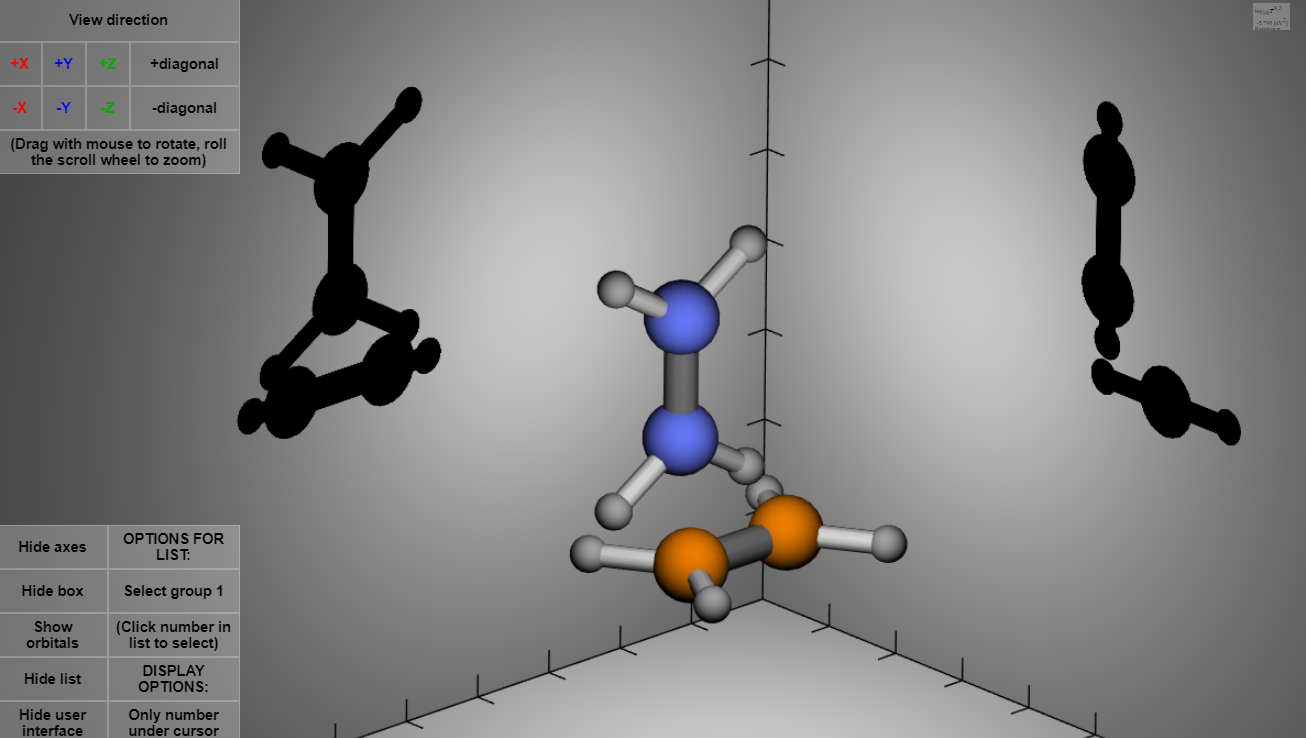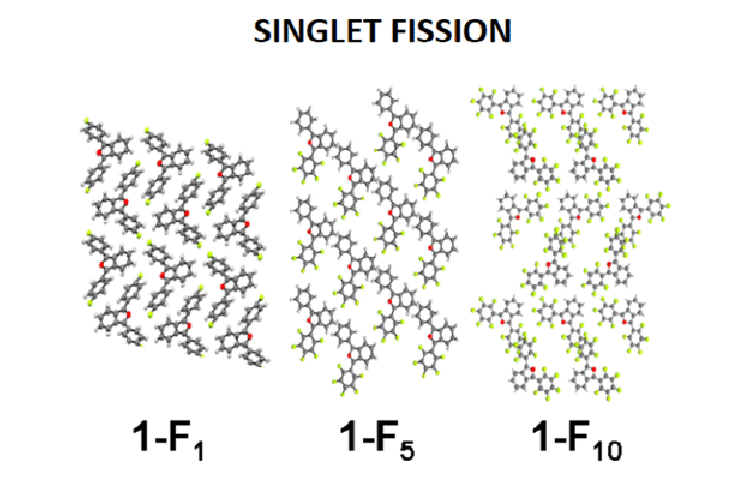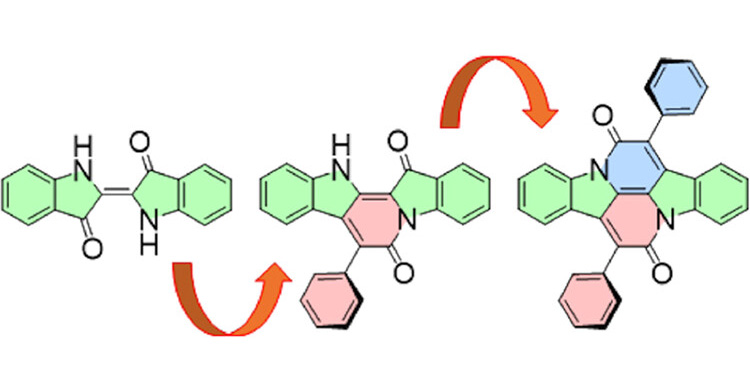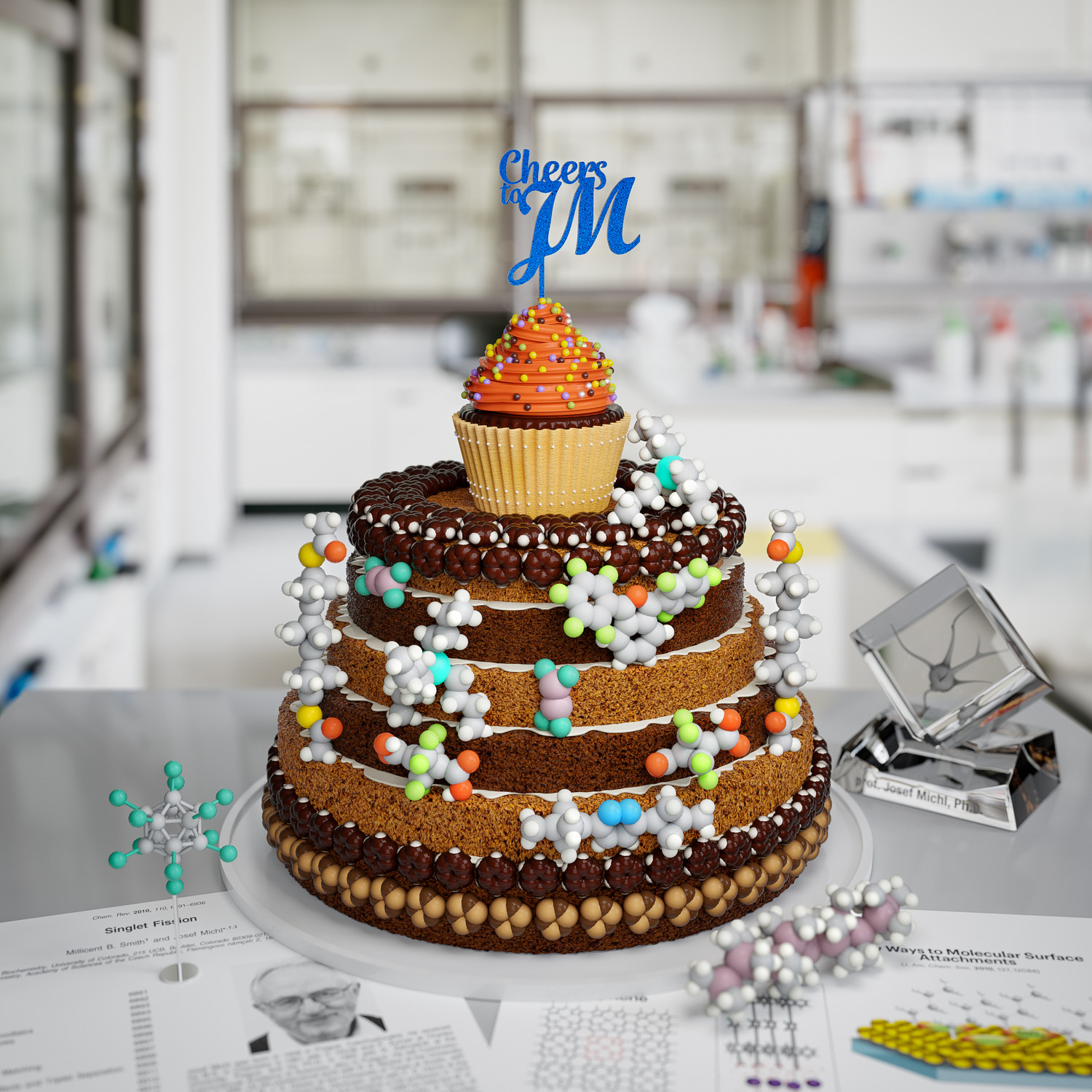
Singlet fission is a quantum effect that, when utilized correctly, promises a significant increase in solar cell efficiency. In a “Just Accepted” manuscript in the Journal of American Chemical Society, a cooperation of scientists from IOCB Prague, University of Colorado Boulder, University of Groningen and Czech Technical University in Prague described a computational method to predict the geometrical arrangement of a pair of chromophore molecules that maximizes the singlet fission rate.
The first author of the manuscript is Alexandr Zaykov from IOCB Prague, who did most of his work on the paper and the software during his pregraduate studies under the supervision of Zdeněk Havlas and Josef Michl.
The software named Simple was designed with the speed of computation in mind. It is general and uses several techniques to reduce the CPU time needed enough to allow for scanning billions of geometries of pairs of moderately large molecules.
The software was thoroughly tested on the simple model molecule pair of two ethenes. Tests show that the adopted simplifications don’t harm the precision much, keeping the predictive value of the computations. You can see the results of some of the calculations visualized by Petr Felkel (CTU) here.
Testing even showed some new geometries that were not anticipated beforehand, for example, an L-shaped one shown in the visualization no. 3.
Original paper: Alexandr Zaykov, Petr Felkel, Eric A. Buchanan, Milena Jovanovic, Remco W. A. Havenith, R K Kathir, Ria Broer, Zdeněk Havlas, and Josef Michl. Singlet Fission Rate: Optimized Packing of a Molecular Pair. Ethylene as a Model. Journal of the American Chemical Society Just Accepted Manuscript. DOI: 10.1021/jacs.9b08173
Read next...






